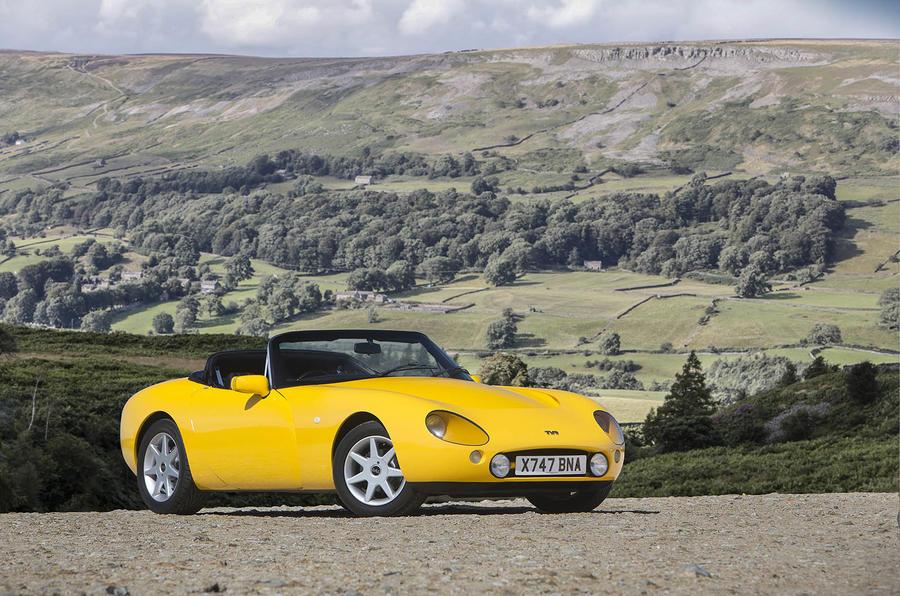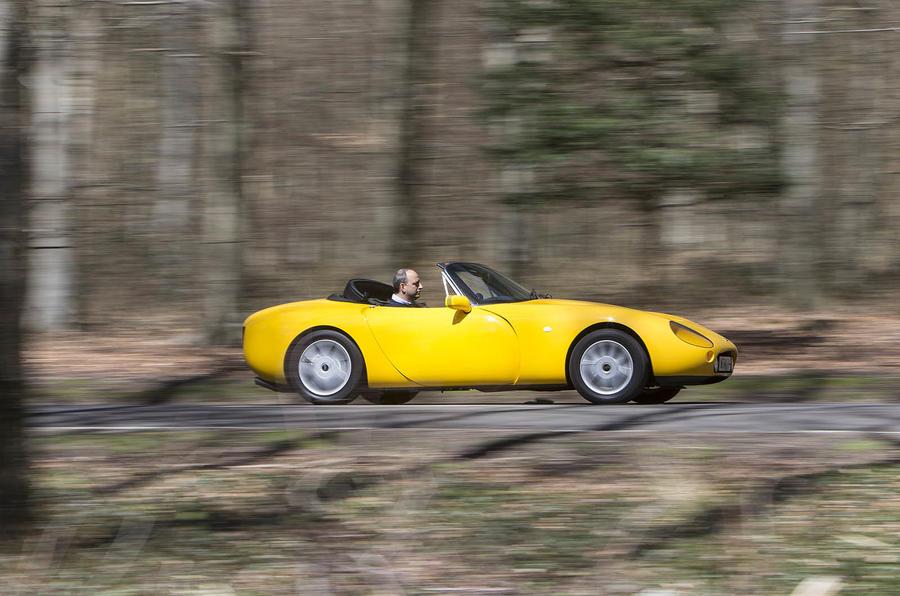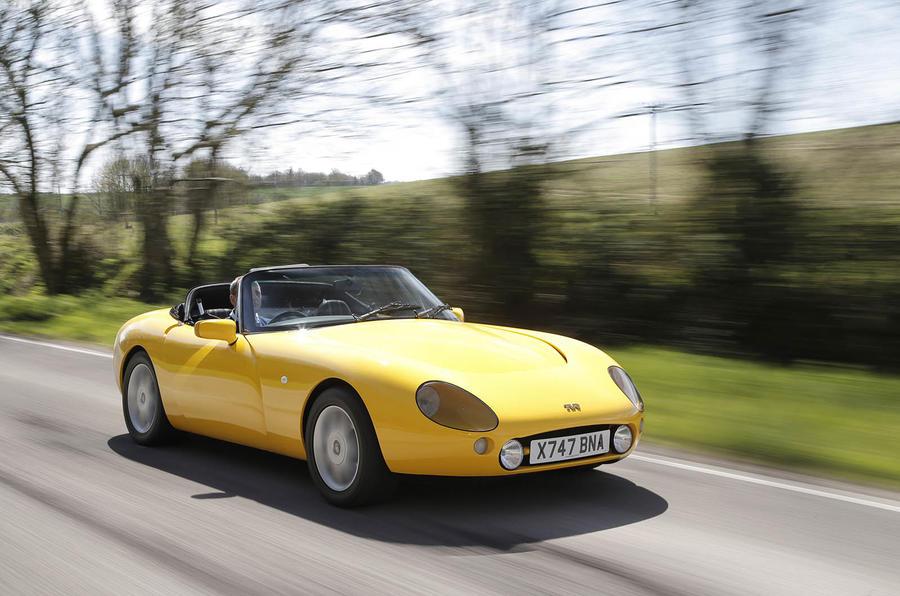Driving the past: TVR Griffith
TVR is about to relaunch, so what does a classic Griffith feel like today?

You could argue that the Griffith was the high point of TVR. Those before it were less quick and not as good looking, while those after it became harder to drive and harder to own.
The Griffith always had power and style in abundance, but what does it feel like now to drive one? It’s silly really – this is a car that was made in the 21st century, but it feels like a car from half a century earlier.
Ideally we’d have found one with the 4.3-litre Rover V8. Ideal because with 285bhp it went like stink, and ideal too because no car before or since made that Rover V8 sound so utterly splendid. But we couldn’t find one.
Bottom lips out, we went to the Fernhurst Motor Co in Surrey, which has been selling TVRs since 1983. We thought we might get one of the many 4.0-litre engine models, with their very acceptable 240bhp. We’d have been happy enough and even grateful in a sulky sort of way. But Graham Munt from the company didn’t offer us one of those.

He offered us this gorgeous 5.0-litre Griffith 500. Our pouts turned to grins, because under the bonnet is 340bhp of beautiful sound and horsepower. Matched to the fairly indestructible Borg Warner transmission, this is a combination that should really cover the miles – although, happily, this particular car had only done 27,000 miles.
Sit in the cabin and the smile becomes a bit forced. Fit and finish – no, nothing fits and they don’t seem to have finished it quite yet. The door handle can be found – eventually – on the transmission tunnel. It’s that sort of place to sit, although the leather chair is quite comfy.
The boot is a decent size as well, and the targa top is simple and effective. It’s all rather endearing. And then you drive the thing. It’s not totally obvious where those horses are stabled at first. The engine doesn’t scream, it woofles away to itself in a rather lovely manner. Prod it some more and the horses come out to play, but they’re stately, elegant horses rather than highly-strung racing nags.

Make no mistake, there is plenty of power still here, but it is delivered so easily that it’s necessary to notice how easily you can overtake other traffic otherwise you might think it was a bit lethargic. It’s not, it’s quick.
The handling is from the same stable. It’s remarkably soft, so the rear has a tendency to squat. In part it was designed this way, so TVR could get the coveted acceleration time to 60mph of 4.1sec. The effect is to feel like you’re floating, which ought to feel horrible in a car this powerful, but instead it’s all part of the relaxing narrative.
It doesn’t understeer, that’s for sure, so you do feel like you’re in a thoroughbred that knows what it’s doing, it’s just that it doesn’t do it in such a sharp, brutal way as so many modern sports cars. The back will let go, and it can be a bit lairy, which is why this isn’t a brilliant track-day car. But for the road it’s just a delightful, characterful drive, still with some edge to it.
By TVR standards, this is a practical, reliable car and would make a fine tourer for the summer. It now seems more stately than hardcore sporty, and that’s no bad thing. It’s a car with genuine charisma, although it’s hard to believe this is a 21st Century car, rather than an older classic. Whichever, someone will be enjoying this Griffith for many more years of this century.
Join our commenting forum
Join thought-provoking conversations, follow other Independent readers and see their replies
Comments